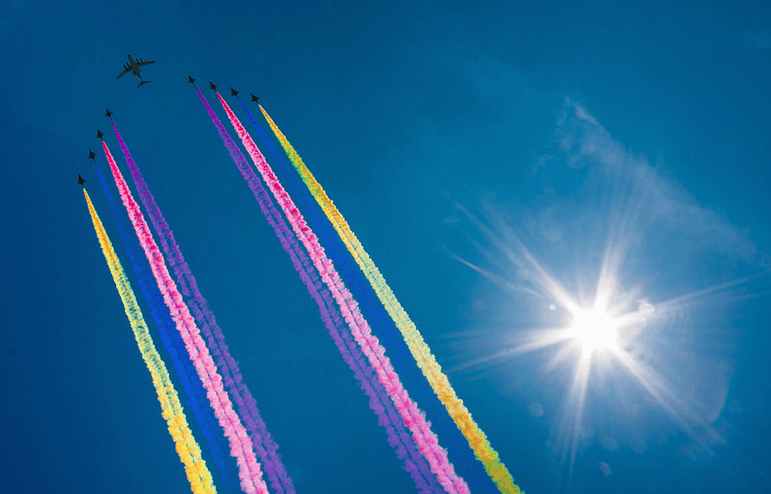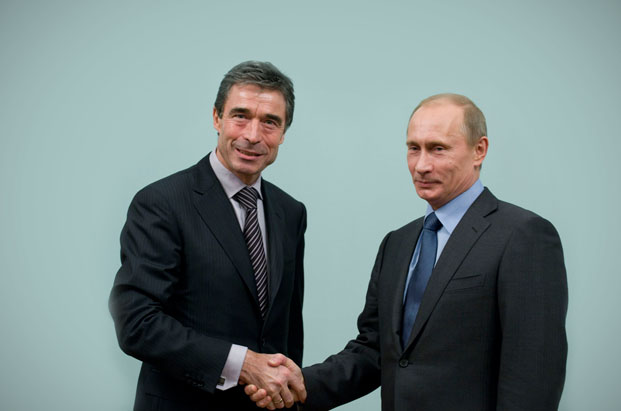Military history was made this week when Capt. Kristen Griest and 1st Lt. Shaye Haver became the first two women to pass the U.S Army’s gruelling 62-day Ranger course. Capt. Griest is a military police officer and has served one tour in Afghanistan while 1st Lt.Haver is a pilot of Apache helicopters. Both are graduates of the U.S. Military Academy at West Point. Ranger School is the Army’s premier combat leadership course, teaching students how to overcome fatigue, hunger and stress to lead soldiers during small unit combat operations. Most soldiers would characterize the course as the toughest test the Army can devise short of actual combat, which is displayed in the fact that 286 men and 17 female soldiers did not complete the course.
This was the first year the Army, opened the course to women on a trial basis and the Secretary of the Army John M. McHugh stated that “this course has proven that every Soldier, regardless of gender, can achieve his or her full potential,”. Completing the course lets the two women wear the coveted Ranger black-and-gold tab, however unlike the male graduates, the two women can’t apply to join the 75th Ranger Regiment.
In January 2013, then Defence Secretary Leon Panetta and Joint Chief’s Chairman Gen. Martin Dempsey signed an order to overturn the 1994 Pentagon rule that restricted women from artillery, armour, infantry, and other combat roles and military occupational specialties. President Obama stated “valor knows no gender,” in response to the lifted ban and called for sweeping reviews of the physical requirements for combat jobs. The military services were given until January 2016 to argue if any positions should remain closed to women. While women are to be free to apply and enrol into all combat roles under the current rules, it is thought that the Department of Defense will make formal requests to continue to ensure that some roles are exclusively for men.
Women have been steadily moving into previously all-male jobs across the military, such as the 160th Special Operations Aviation Regiment, best known as the helicopter crews that flew Navy SEALs into Osama bin Laden’s compound. Around the world, at least 16 industrialized countries allow women in combat roles, some for more than a decade. The Israeli Military has included women since before the founding of the state in 1948, and remains one of the only countries in the world with mandatory military service requirement for women. As a practical matter, the U.S. military has had women in combat since September 11, 2001, regardless of their job title. However, women are widely underrepresented in the flag and general officers positions. Traditionally, most military leaders move up the ranks through combat positions and many women contend that the current ineligibility has harmed their career progress.
Senior Army officials have insisted that the women who completed the Ranger course were not given an easier path to graduation, and still some, especially in the military, remain skeptical of whether the standards remained equal. The exclusion of women from combat in the United States and elsewhere has persisted primarily because of myths and stereotypes associated with female and male capabilities. Most common is the idea that women are physically unfit for front line combat and that female soldiers limit the cohesion of troops in combat.
The Army’s new chief of staff, Gen. Mark Milley, is currently weighing the decision to keep some positions off-limits to women, asking whether it would affect Army “readiness” for war. Critics see the further opening of positions as the Military quaking under political pressure, in prioritizing diversity over military readiness, the consequences of which will be the lowering of standards through “gender norming” and less security for the country.
In the debate over women’s role in combat, the Army should be looking to the women who have already served on the front lines in the Cultural Support Teams, or CST’s. The CST’s were the first all-female military team to serve with special ops in Afghanistan, despite the fact that women were officially banned from ground combat at the time. The military realized the by not engaging with the local women, they were fighting the war half blind, and so the female soldiers could be utilized in searching for weapons and bombs without causing cultural and religious offence. They were also there to build relationships, as it is the women in the communities who often have vital intelligence on the men in their families and neighbourhoods, information that they would be unlikely to reveal to male soldiers.
Many believe that while the CST’s were effective and successful, their role was to be women, not to be combat soldiers, and were deployed primarily to add a “soft touch” to counter insurgency operations. In actual fact, the CSTs who fought alongside men in Afghanistan were integral to the combat performance of their units and actively served in hostile combat operations. Although their stated mission was to engage with the women and children, the unpredictable nature of counterinsurgency meant that many saw direct combat and faced the same gruelling conditions as their male counterparts. They have gone as far forward, they have stayed as long, and they have lived under the same conditions as the men.
The military could learn from the experiences of CST’s and the challenges female soldiers faced on all-male combat teams, instead of basing their decisions on antiquated gender biases. Captain Griest and Lieutenant Haver have moved one step further in shattering what some have called the “brass ceiling” and have indisputably proven that women can meet the toughest standards required for the military’s most demanding ground combat assignments.




